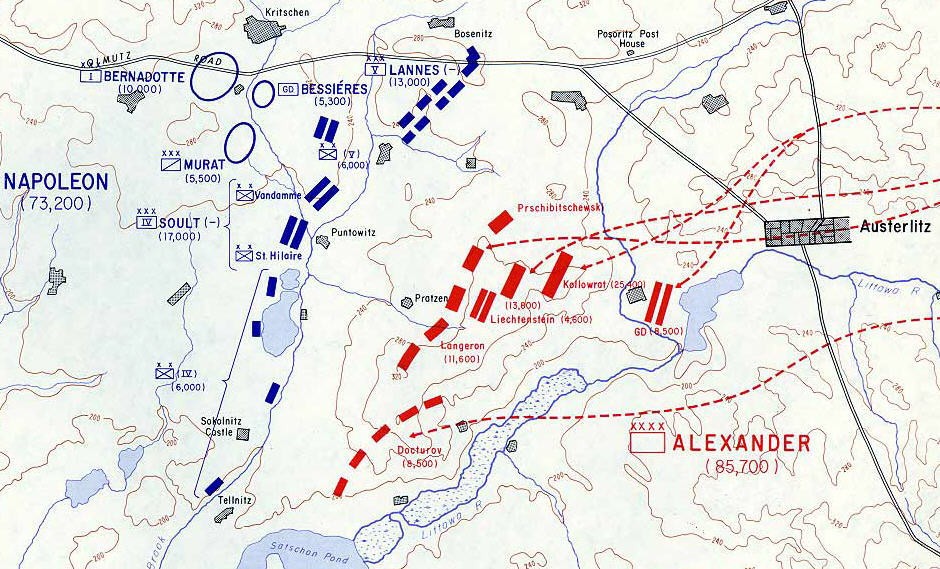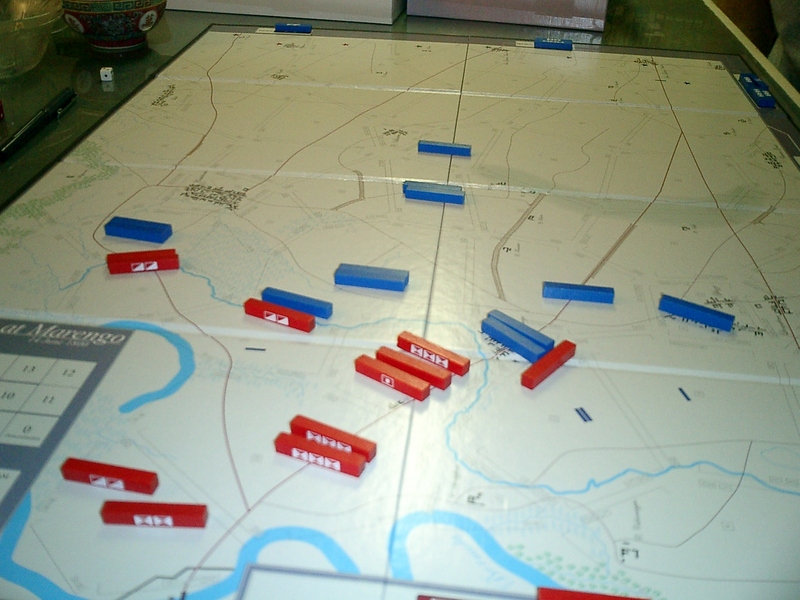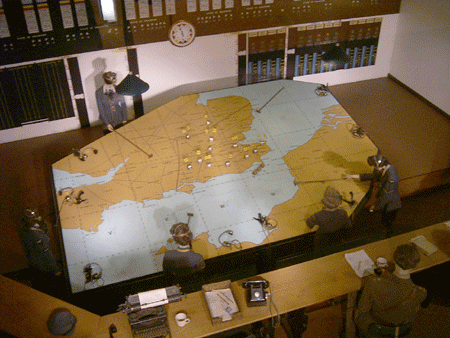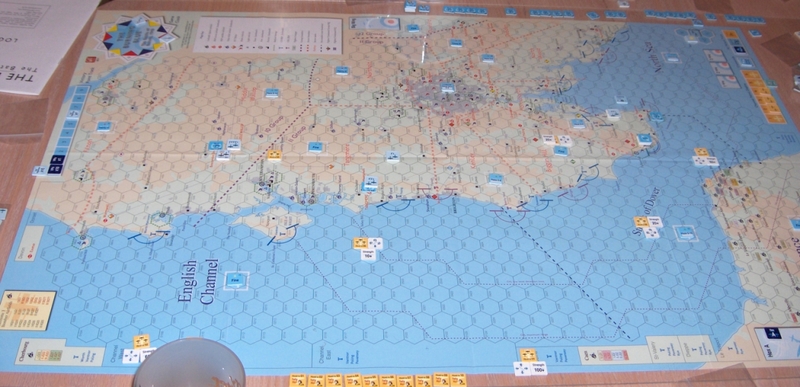“The Look”
Like John Keegan, I have never been in a battle.[1] All of the warfare I have “seen” has come to me through the audio/visual channels of global media. Not owning a time machine I’ve certainly never seen any battles of the Napoleonic era, one of my favorite periods to game—I’ve “seen” only representations and abstractions of them. Representations and abstractions in history books, novels, paintings and other illustrations, re-enactments, movies, and of course, games. I am also willing to venture that I am not unique in this regard. So when someone says such and such a game (or painting or paragraph) captures the essence of Napoleonic warfare, what they must really mean is that it comports well with other, already familiar and established representations and abstractions of the actual events.
Take maps. The maps in a book such as Esposito and Elting’s West Point A Military History and Atlas of the Napoleonic Wars are masterpieces of abstraction. This is not to imply that they are faulty or prima facie misleading, only that they work through artificial yet collectively agreed upon conventions for capturing the chaos of lived experience through a set of formalized, explanatory depictions (see Mark Monmonier’s classic How to Lie with Maps). Games are likewise abstractions. Not two-dimensional like maps, but three- and four-dimensional, the fourth dimension being time. Visually wargames borrow many of their conventions from battle maps and military cartography. Yet in many wargame systems, once the first die is thrown and the temporal dimension is set in motion—once the abstraction has become interactive—any resemblance to a military battle map tends to degrade rather quickly. The battle doesn’t end up looking very Napoleonic, which is to say it doesn’t end up looking much like other representations of Napoleonic warfare.

Battle map from Esposito and Elting.
All of this is game designer Bowen Simmons’ explicit point of departure in Bonaparte at Marengo (BaM), the first in what will apparently be a series of games combining mechanics from blocks, area movement, traditional wargames, and even chess. Simmons sets out in search of what he terms “the Look”: the distinctive appearance and visual flavor of linear warfare promulgated by 19th century battle maps, especially in their use of blue and red rectangles to track troop positions. “The Look” survives today in popular military history books like those published by Osprey.
The physical position occupied by a game player, looking down at the units spread out on a map on a table, affords a kind of omniscience that would be the envy of any historical commander. This is particularly acute in games that depict small unit engagements, where a player directing his platoons has a battlefield perspective no squad leader squatting in a foxhole could ever hope to attain. But the effect is dissipated somewhat at higher scales, where the affordances governing a player’s literal experience can largely mirror that of his historical counterpart. Nicholas Palmer, in The Best of Board Wargaming (Hippocrene 1980) suggests that a wargame becomes more realistic the further it is abstracted from the actual events of the battlefield:
Remover yourself even further, to general or C-and-C status, and the environment of your room becomes more and more suitable: a strategic [2] game gives you a map, knowledge of your forces and their capabilities relative to the enemy, instructions on overall objectives, and peace and quiet to analyse the situation—just as the strategic planner has in real life, at least by comparison with the front line leaders. (43)
Part of the significance of Simmons’s work in BaM was thus to realize that his game was not depicting the battle of Marengo, but that it was depicting depictions of the battle of Marengo, namely the maps and symbolic conventions military cartographers used to create a visual record of the events. His game does not recreate the reality of the lived experience of the battlefield (impossible, by definition), but the stylized experience of its representations:

A game of BaM in progress.
The game’s visual conventions are thus a clever bit of bait and switch that replaces the traditional design conundrum of the player’s Olympian perspective with a graphic experience that most players will find familiar and appealing from the historical literature they have already spent many pleasurable hours poring over. That this is done self-consciously, with reference to a tradition that dates back to the original Kriegspiel (the 19th century Prussian staff officer wargame, played by laying wooden bars across a map), only makes the outcome more satisfying. This is seen in other games too, such as Lee-Brimmicombe Wood’s The Burning Blue (GMT Games), about the Battle of Britain, which attempts to model the experience of RAF air controllers at their plotting tables:


Mock-up of an RAF air controller’s table, and game in progress of The Burning Blue; note the time clock on the wall in the room, sectors keyed to squadron sortie rates, replicated in the upper left-hand corner of the game map.
“The Look,” as articulated by Simmons is interesting to me in the context of game studies partly because of the way it addresses itself to the player’s experience of the game as an artifact in the world. The game space is a “magic circle,” yes, but it manifests an explicitly articulated relationship to the stylized representational spaces occupied by the player’s historical counterparts. Games are situated within material histories as well as formal conventions.
[1] The reference is to the opening line of John Keegan’s classic of military history The Face of Battle (1976).
[2] “Strategic” here is used in the specific sense of a high-level wargame; see the definitions in Anatomy of a Wargame.